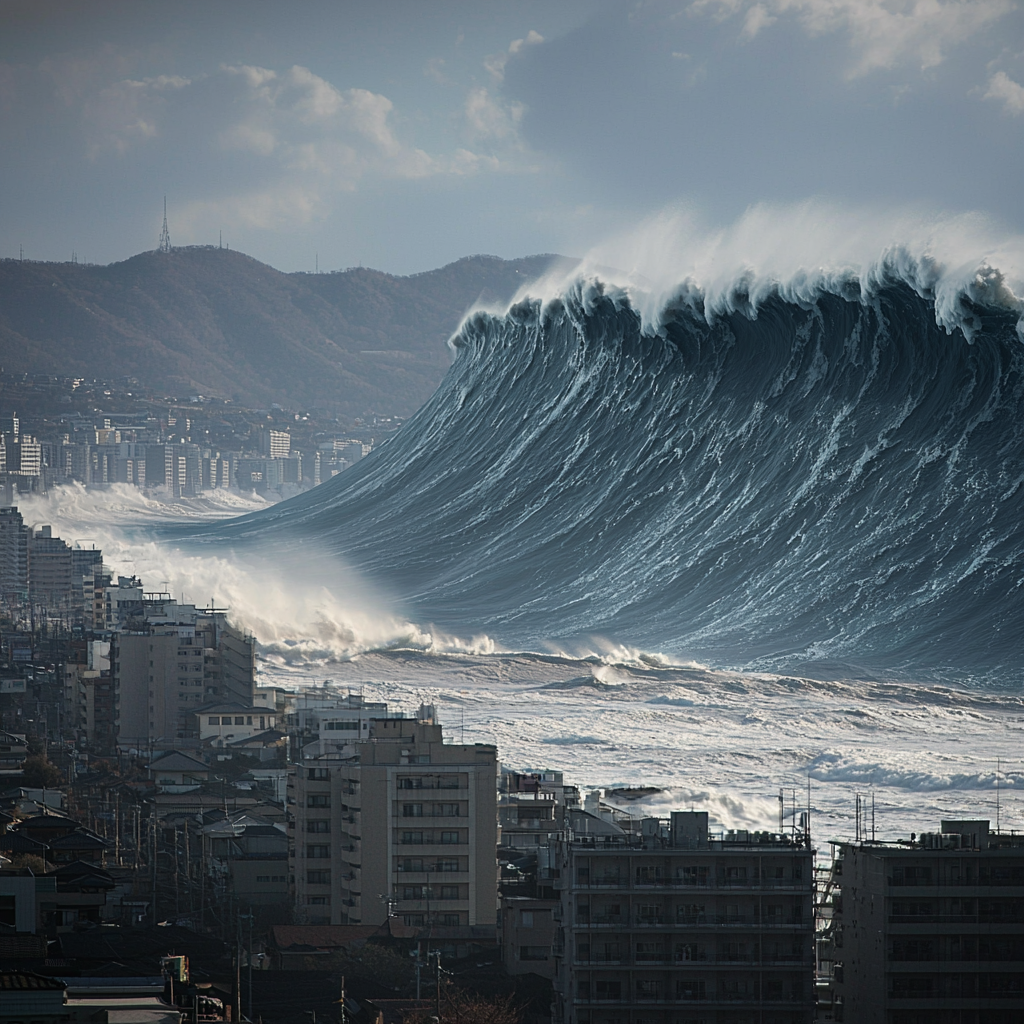Rogue waves, those massive and unpredictable walls of water, have long been a threat to both coastal populations and seafaring vessels. Traditionally seen as rare, these waves are becoming more common due to changing ocean conditions influenced by climate change. Recent research highlights that extreme wind-wave events, including rogue waves, are likely to increase in magnitude and frequency in the coming decades. As global temperatures rise, wind patterns shift, and storms become stronger, the ocean’s energy dynamics are altering, leading to a heightened risk of extreme wave activity. This shift poses serious concerns for coastal regions and maritime industries, where the impacts of rogue waves could be devastating.
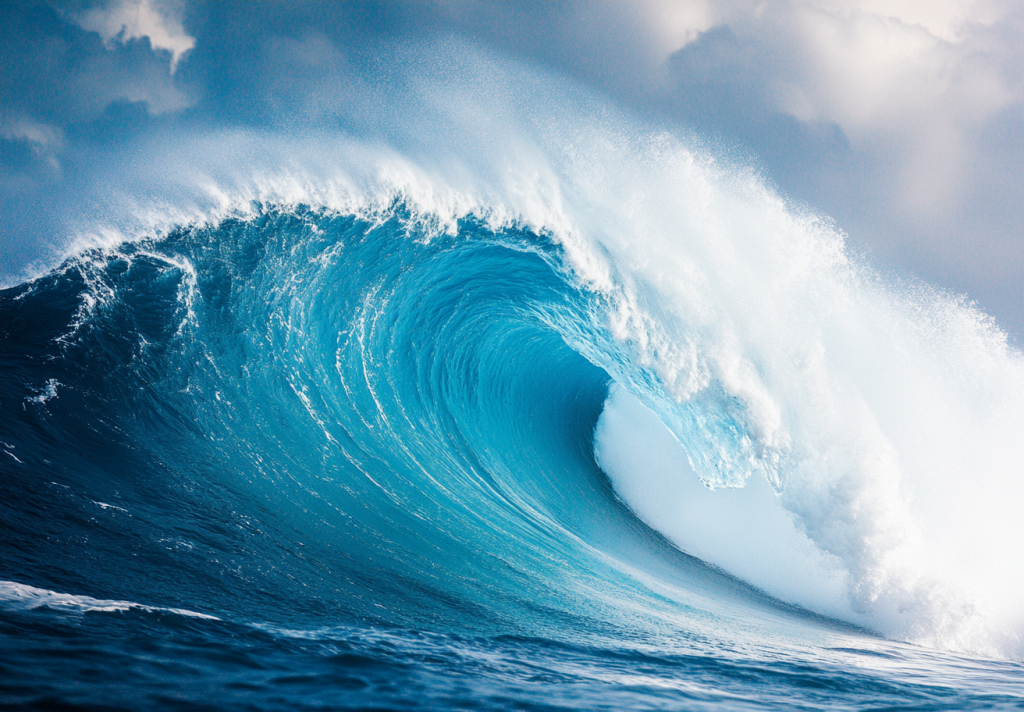
Rogue waves are formed by the nonlinear interaction of wind, currents, and waves, creating larger-than-expected waves that can appear suddenly, towering over the surrounding sea. These waves, often twice the height of the surrounding waves, can cause significant damage to vessels, offshore structures, and coastal areas. While rogue waves have always existed, climate change is intensifying the conditions that lead to their formation. With wind-wave extremes projected to increase globally, the probability of encountering these waves will rise, particularly in regions such as the Southern Ocean, where significant wave heights could increase by up to 15% by the end of the century.
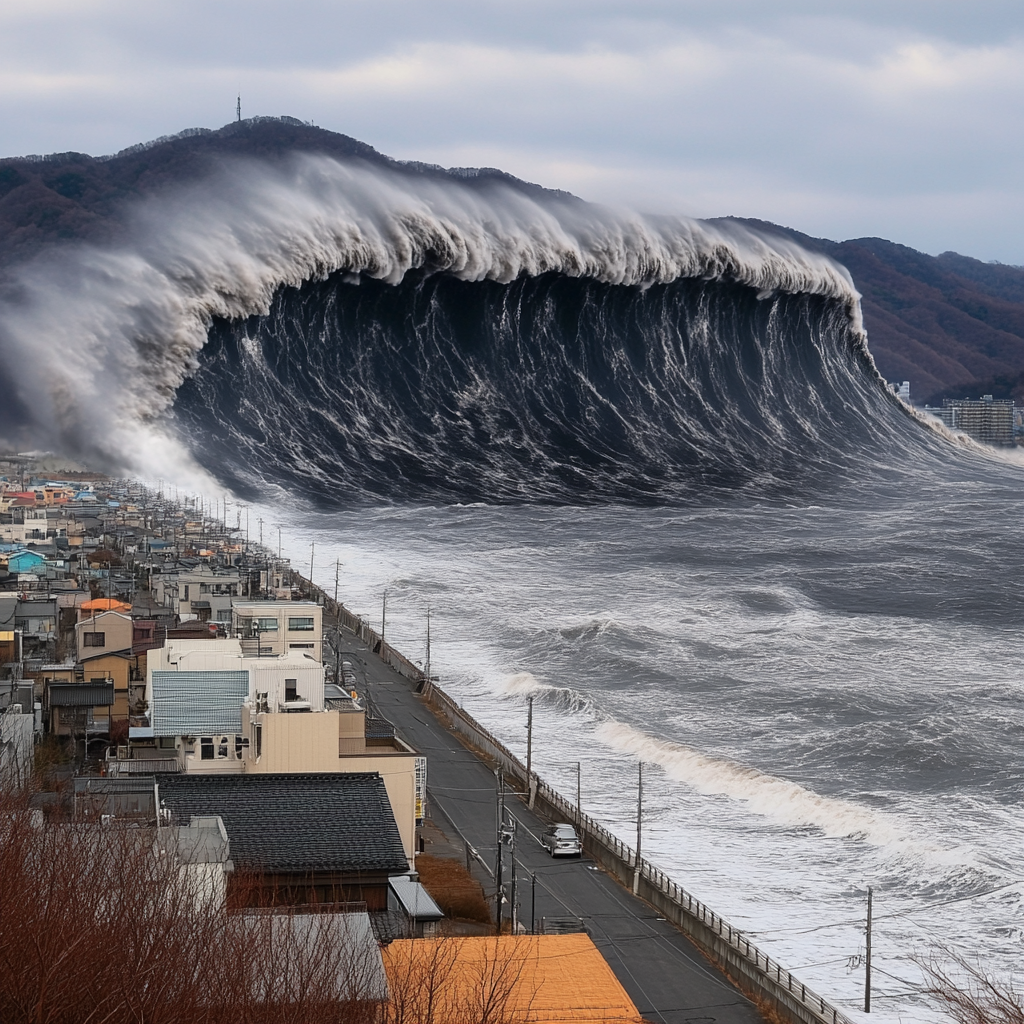
The dangers posed by rogue waves are especially concerning for coastal communities. As extreme wave events become more frequent, the risk of coastal erosion, flooding, and infrastructure damage will increase. Coastal areas in the U.S. are already vulnerable to rising sea levels and storm surges, and rogue waves will further exacerbate these challenges. In 2010, it was estimated that 290 million people lived below the 100-year flood level, exposing nearly $9.6 trillion worth of assets to the risk of inundation. As wave heights rise, the potential for flooding and damage in low-lying areas will grow, creating significant financial and human costs.

Historically, rogue waves have caused significant loss of life and destruction. On 13 November 1865, the wooden cutter Aenid was sailing near Long Reef off New South Wales, Australia, when it was struck by three enormous waves. Two lives were lost, and the cutter was wrecked. Similarly, on 29 August 1916, the USS Memphis was destroyed in Santo Domingo harbor when three waves up to 70 feet tall hit the ship, killing 40 crew members. More recently, in 1991, a series of rogue waves reported at 60 to 70 feet sank the fishing boat Andrea Gail off the coast of Nova Scotia, taking the lives of all six crew members.
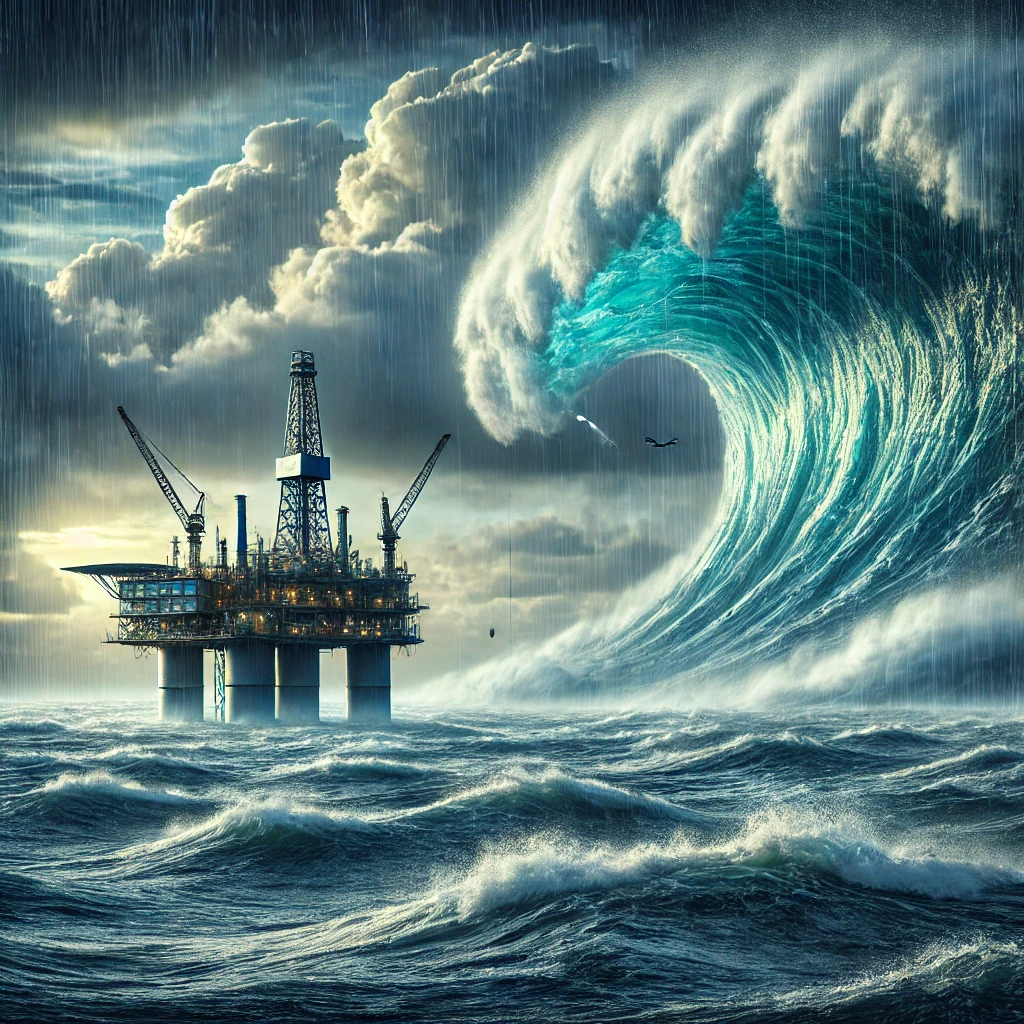
Offshore infrastructure, such as oil rigs and wind farms, is also at risk. These structures are typically designed to withstand a certain level of wave activity, usually based on a 100-year extreme event. However, as rogue waves become more frequent and severe, many offshore installations may face greater risks of damage or failure. The study indicates that offshore structures will need to be reevaluated to ensure they can handle the increased wave heights expected due to climate change. This has serious implications for industries reliant on stable sea conditions, such as oil production and renewable energy.
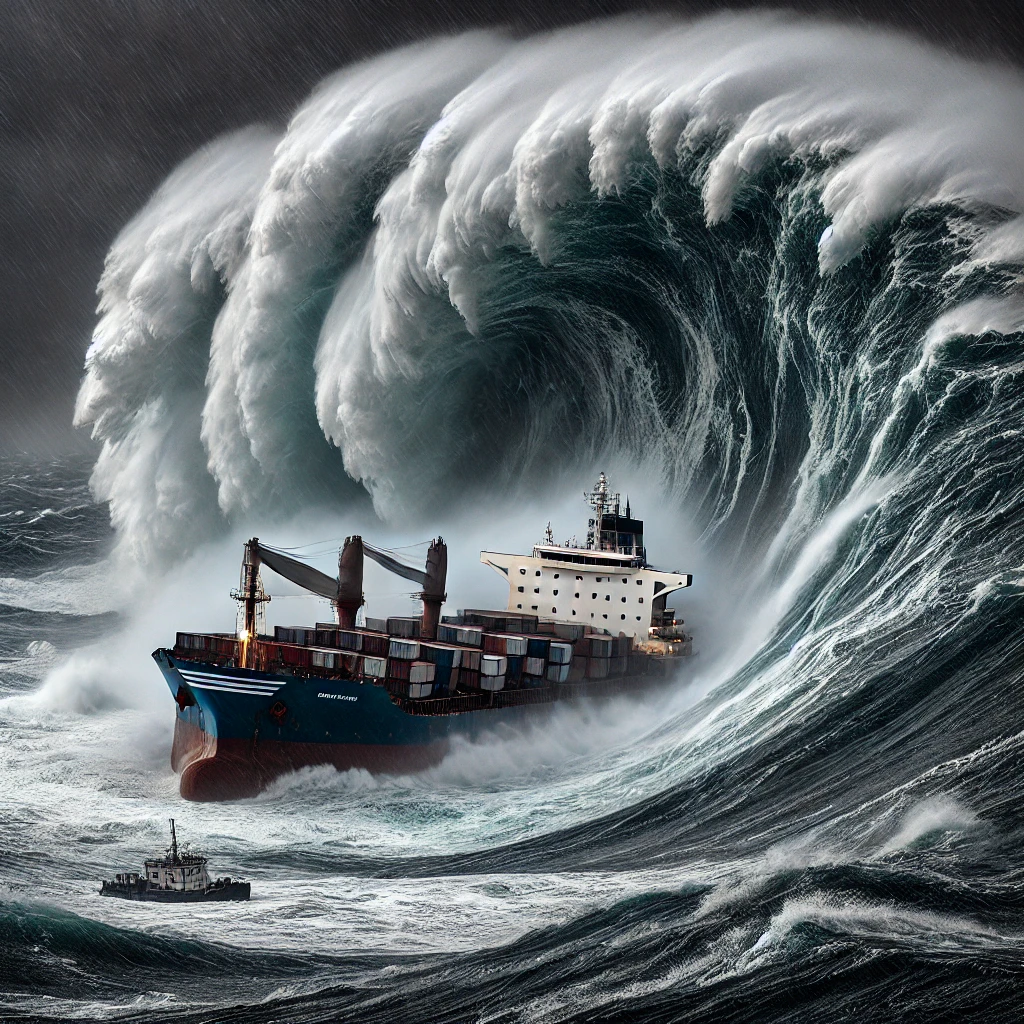
For those who make a living on the sea, including commercial and recreational mariners, rogue waves present a growing danger. Large fishing vessels, cargo ships, and recreational boats will all be at higher risk of encountering these giant waves, particularly in regions where extreme wave events are projected to increase, such as the North Atlantic and Southern Ocean. The sudden appearance of a rogue wave can cause severe damage, capsizing ships and endangering lives. With the frequency of these waves set to rise, the dangers for those at sea will only intensify.
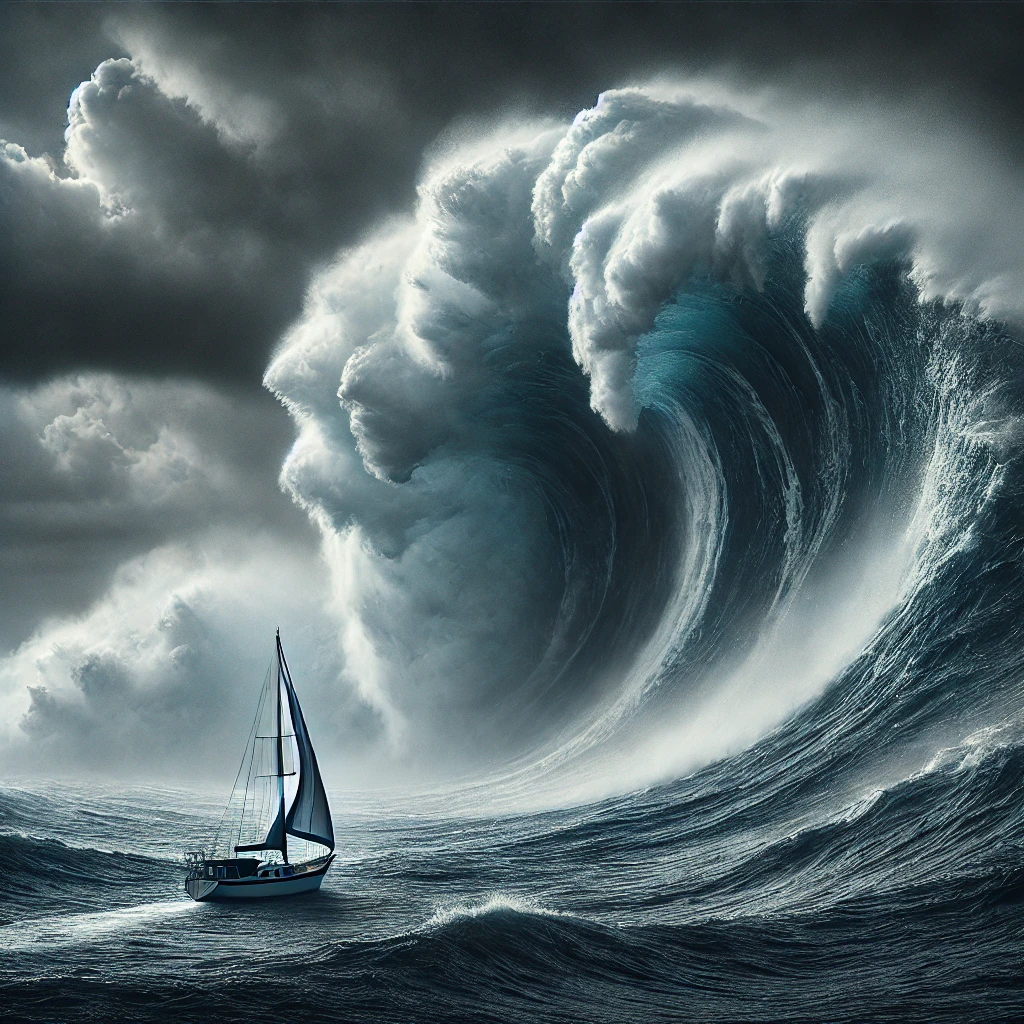
In November 2020, an extreme example of a rogue wave was recorded off the coast of British Columbia. A buoy was unexpectedly lifted 17.6 meters (58 feet) into the air by a freak wave. This four-story wall of water was finally confirmed in February 2022 as the most extreme rogue wave ever recorded at the time. Known as the Ucluelet wave, it stood out for its size and suddenness, shocking scientists with how dramatically it towered over surrounding waves. Incidents like this serve as a stark reminder of the unpredictability and increasing threat posed by rogue waves.
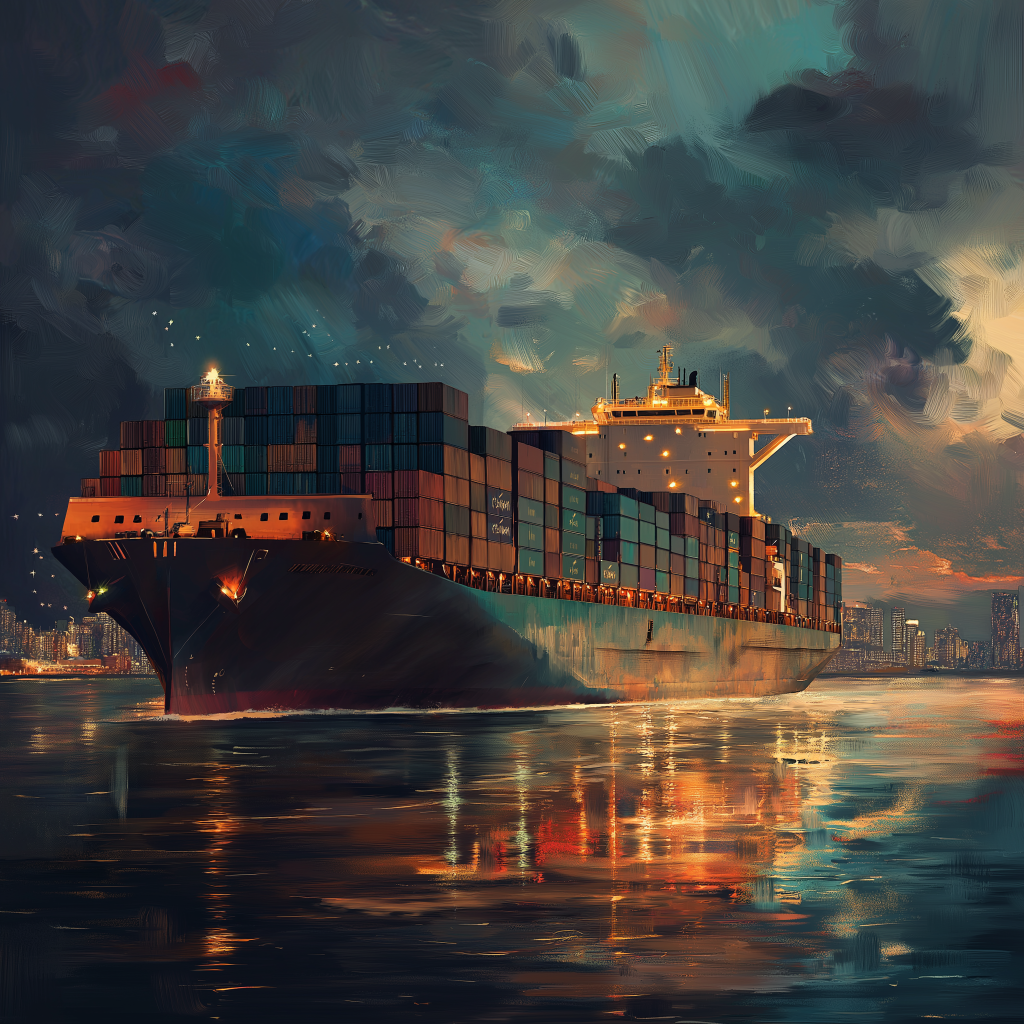
Maritime industries are particularly vulnerable to the effects of rogue waves, as their operations depend on relatively predictable sea conditions. Shipping routes could become more dangerous, leading to delays, increased insurance costs, and potential loss of cargo. Similarly, the fishing industry, which already operates in hazardous conditions, could see higher risks for vessels and crew members. The unpredictability of rogue waves complicates efforts to navigate safely, even with modern weather forecasting and satellite technology.
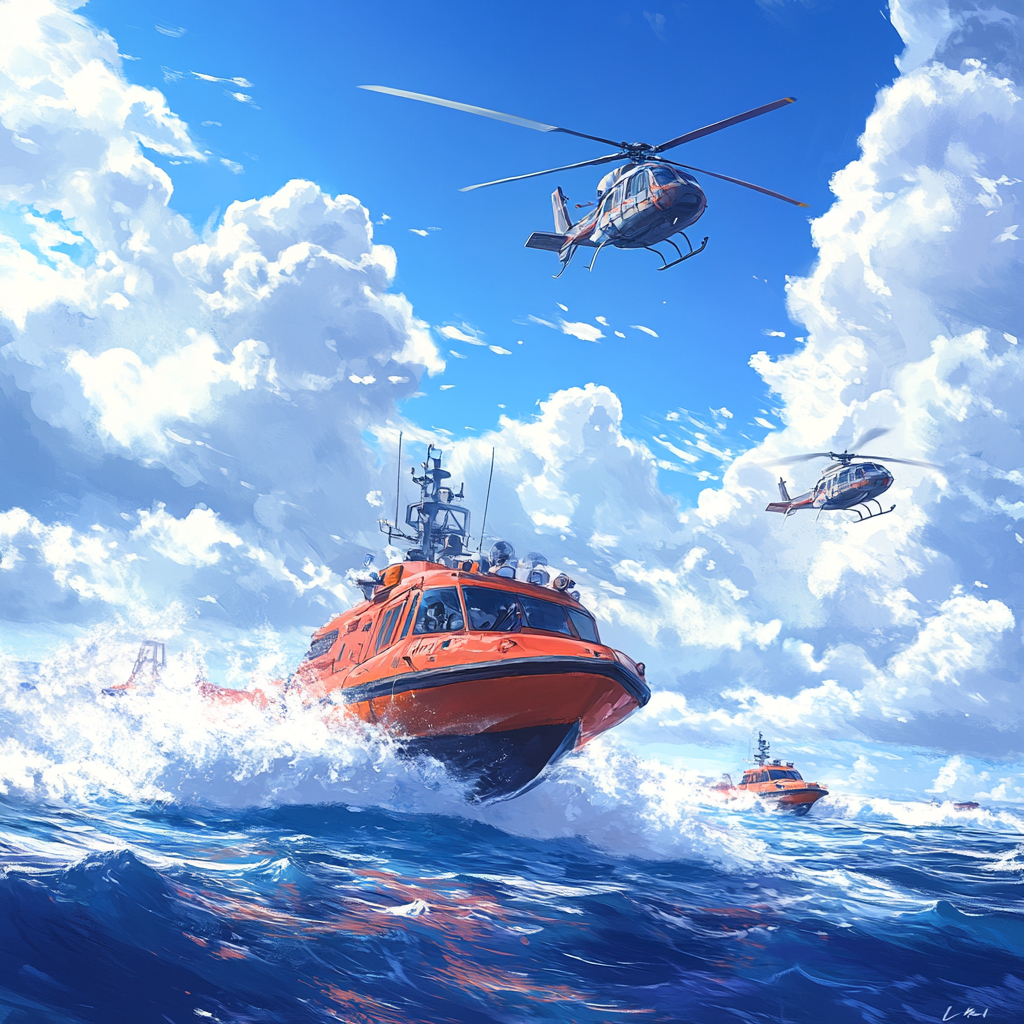
In addition to the risks at sea, the increasing frequency of rogue waves will pose challenges for search and rescue operations. These waves can appear suddenly, leaving little time for vessels to react, which can result in shipwrecks and stranded mariners. As rogue waves become more common, the demand for search and rescue missions may rise, putting additional pressure on already stretched resources. The dangerous sea conditions created by these waves make rescue efforts even more challenging, particularly in remote or storm-prone areas.
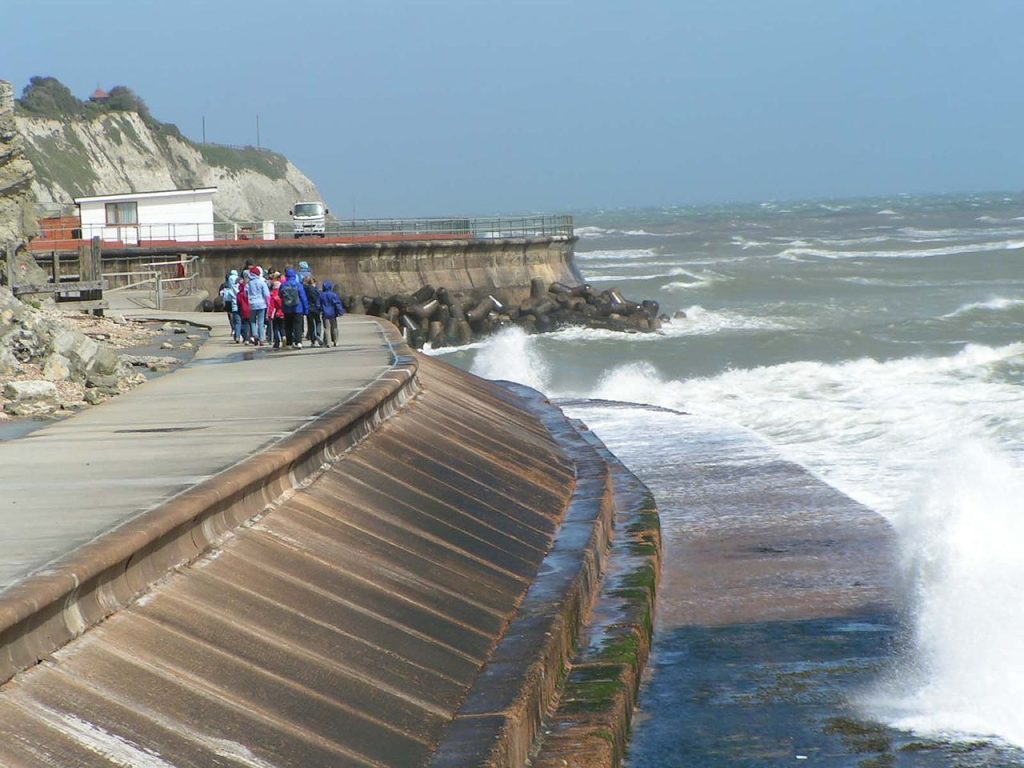
Addressing the growing threat of rogue waves will require significant adaptation efforts. Coastal defenses, such as sea walls and breakwaters, may need to be strengthened to protect against wave-induced flooding and erosion. Offshore structures will need to be designed or retrofitted to withstand more powerful waves. Additionally, early warning systems, while still limited in their ability to predict rogue waves, could be improved through advances in wave modeling and real-time data collection. Mariners, too, will need better tools to help avoid dangerous areas during extreme weather events.
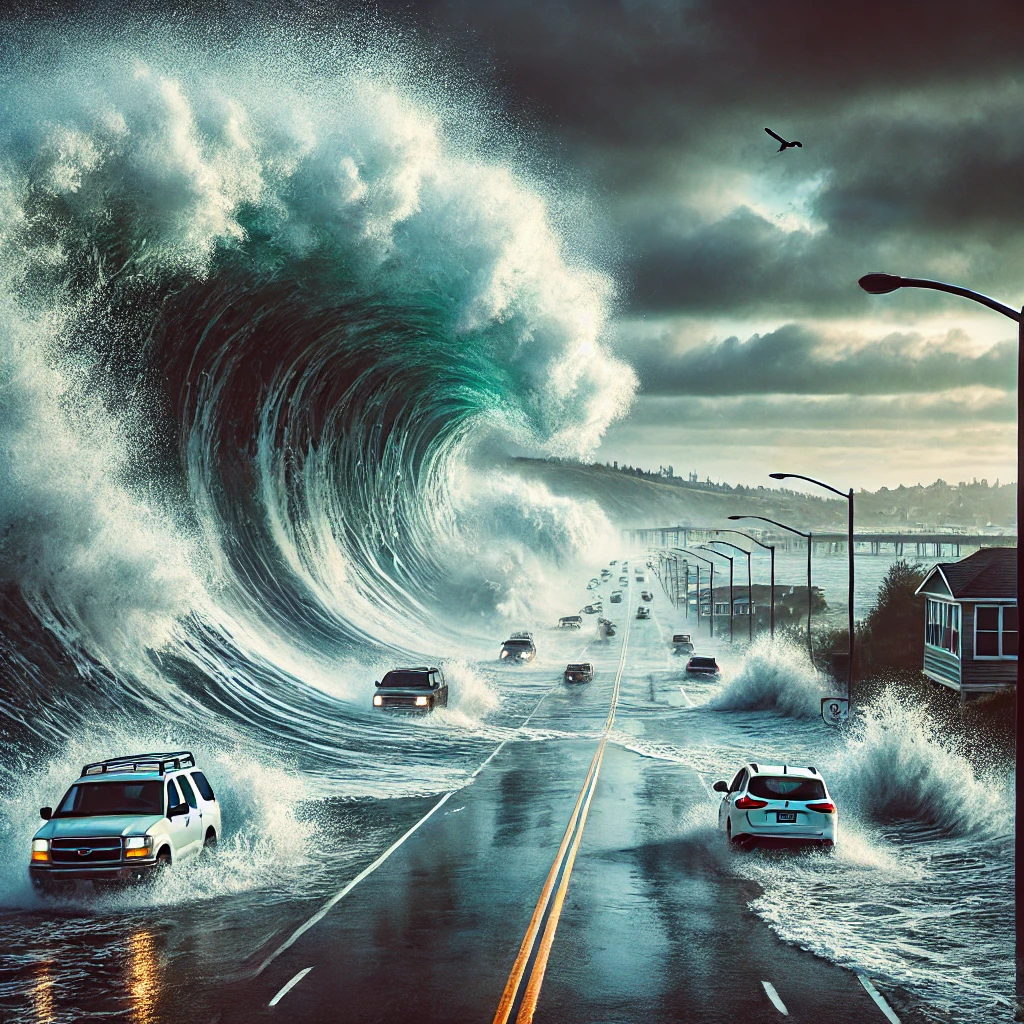
As climate change continues to transform the Earth’s oceans, rogue waves represent an increasingly dangerous and unpredictable hazard. The peer-reviewed study underscores the importance of understanding and preparing for these extreme wave events, which are likely to become more common and severe. Whether for coastal residents, offshore workers, or mariners, the implications of more frequent rogue waves are significant and demand urgent attention from policymakers, engineers, and maritime professionals. With lives and livelihoods at stake, proactive measures will be essential to mitigate the growing risks posed by these massive waves.

This article draws on data from a peer-reviewed study available at Science Advances.

